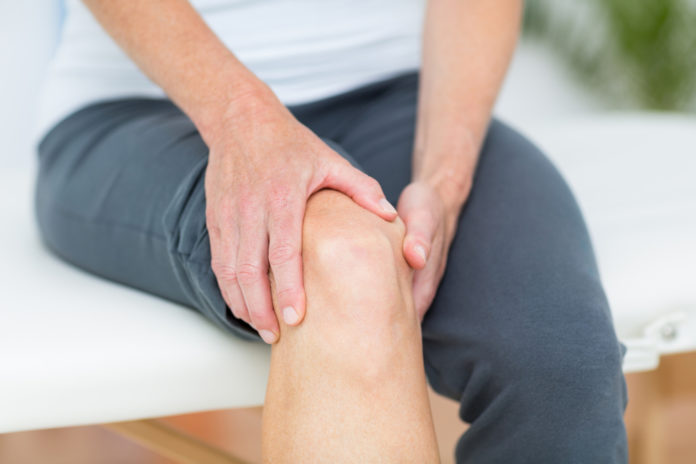Following a knee and hip replacement, hospital length of stays averages approximately four days. Patients are then likely discharged to home or the rehabilitation centers.
Whereas it is conventional wisdom attentive and supportive staff at a rehab center would seem to be the best option to mitigate against complications and optimize patient recover, individuals prospectively want to recuperate in the comforts of their own home. Fortunately, research supports this wish.
Why Home is the Best Road to Recovery
Patients going straight home for recovery have proven to recover as well as, or better than, those who first go to a rehabilitation center. And not to mention, patients who go home directly may be less likely to experience complications, including difficulty urinating, bone fractures, limited mobility around the affected joint, infections, and blood clots, which may travel to the lungs and be life-threatening.
Research published in the Journal of the American Medical Association examined whether or not inpatient rehabilitation is more beneficial than a home-based program. Ultimately, the findings do not support inpatient rehabilitation and there were no differences between mobility, pain, function or quality of life.
But what is really quite remarkable is not just going home directly, but going home independently.
In a study titled “Even If You Live Alone, There is No Place Like Home After Total Joint Arthroplasty,” leading author and orthopaedic surgeon Dr. William J. Hozack detailed the findings, “We found that patients living alone were able to safely recover without any increase in the rate of complications. Even more strikingly, patients were generally happy and content being in the comfort of their own home during recovery.”
Setting Up for Success
Following a knee and hip replacement, you likely hope to return to favorite activities with less pain and more independence and freedom. And while that serves true, there are obstacles that need to be faced and overcome.
But doctors can help patients endure these hurdles right from the very get-go.
When doctors vocalize the prospect of going straight home following surgery, patients are likely to equip themselves with the preparations they need for success and start getting back into routine.
And luckily, doctors are starting to reframe traditional recovery methods and satisfy patient wishes. In fact, Dr. Hozack himself discharges roughly 90 percent of joint replacement patients directly home following surgery.
Whereas your healthcare team will provide you with information to support your recovery at home following discharge, common home preparation tips include arranging for personnel assistance, rearranging furniture and rugs for safe maneuvering, and installing assistive devices to maximize independence whilst experiencing security.






